
From Full Frame to Quarter Frame and Back to Full Frame. Chasing the Holy Grail of Image Quality and Portability
By Michael James Murray – See his Instagram HERE
I started learning photography in earnest about 10 years ago when I took some time off from practicing law. My wife and I moved to Alaska and it was the perfect opportunity to develop the muscles in the creative half of my brain. I quickly fell in love with wildlife and landscape photography—how could you not when bears, eagles, whales and mountain meadows are your willing subjects every day? I started selling my photos at a local gallery and worked my way up to a Canon 40D and 300mm f2.8. I got some spectacular shots with that combo.
Eagle – Bear
This was at a time when digital full frame was at the height of its mystique. Canon’s original 5D was the undisputed king of digital SLRs, heck, Nikon was still dithering on whether it would even get into the full frame game. When the 5D Mark II was introduced, I couldn’t resist. That 21 MP sensor was a stunner. I could make prints 4 feet wide, like this shot that hangs in my office.
12 Apostles
But even back then I was skeptical of noise and the low ISO performance of the Canon sensor. There sure was a lot of color noise and rough grain at ISO 3200. And the AF performance was simply atrocious using anything other than the center focus point. I paid $2,700 for this?
As happens often in life, big changes outside of photography dictated the contents of my camera bag. My beautiful daughter was born. That thin full frame depth of field helped me get some great family portraits.
EVA
However, the 5D, 40D, 35mm f2, 50mm f1.4, 70-200, and 16-35 had become a literal anchor around my neck. I remember schlepping this kit around on vacation in Sydney in addition to a baby bag and stroller and getting that look from my wife— “You need to make a change, buddy, and quick.”
So I slowly ebayed all of my Canon gear and migrated over to Olympus. The original EM-5 was a revelation. 16MP on a sensor only ¼ the size of the Canon 5D would mean a huge step back in image quality, right? Not at all. Some quantum leap in sensor technology must have occurred (and Sony hasn’t stopped its magical run since) because I didn’t see a huge difference in noise and dynamic range performance. I could fit an equivalent 80-300mm f2.8, 14-28mm f4, 85mm f1.2 and 50mm f1.4 all into one medium-size shoulder bag. And carry it all day.
Katahdin
Castelrotto
Monkeys
The Olympus delivered a body responsive enough for quick wildlife. And then the 300 f4 arrived and changed the game entirely. You can fit an equivalent 600 f4 into a shoulder bag with up to 7 stops of image stabilization. That’s like carrying one of those monstrous white NFL sideline telephoto rigs in your walk around bag WITH the tripod. If you like to travel and shoot local birds and wildlife, you must try this set up.
Frigate Bird
Western Spindalis
After shooting happily with Olympus for several years I started to get the itch. You know that itch. You’ve got all of the tools you need to make great images…but…there…must…be…something….else….out….there…that will make them even better. Of course, Mr. Huff’s sustained devotion to the Sony A7rii never allowed that image-making marvel to stray far from my mind. Back in April Sony offered a deal I could not refuse–$480 off the A7rII for the trade-in of any DSLR. I was never able to sell that beloved old 40D that first opened my eyes to wildlife photography. I found it in the back of my kit cabinet, plunked it on the counter at Hunt’s Photo and I was the proud new member of the Sony Alpha Club (a club that is becoming less and less exclusive by the day). After shooting Olympus for years, full frame DSLRs like the Nikon 810 or Canon 5D Mark IV felt like monstrous metal bricks in my hands. The A7 felt just right. Just enough height and just enough heft, especially with an RRS plate fitted. And those primes! The 55mm f1.8 and the 28mm f2 make for a compact wide to normal set-up that could address 95% of my photographic needs for the rest of my days. Coming from Olympus, the A7rii definitely feels sluggish in operation, and the anemic batteries are a drag. But being able to have truly pro levels of photo-capturing power in a light shoulder bag is a revelation. For example, with the image below I was able to shoot without a tripod and without a grad ND filter set. This is extremely important when my primary goal for the outing was to have fun with my 2 year old and 7 year old (my wife is always watching). I exposed for the highlights and lifted the shadows and applied a digital grad ND in LR. I was giddy when I saw the end result.
EVA at Kettlecove
The moment I knew the a7rii was my new go-to rig, however, was when I completed the BW conversion of the abandoned barn below which is located on a land trust in my neighborhood. I was taking a walk with my family toward sunset and grabbed the Alpha with a wide angle prime. I saw the shot come together as I approached the barn and snapped a couple of frames. In LR, the image really came to life. The dynamic range and granular resolution were a mile better than anything I had ever worked with.
Going forward, my plan is to shoot Sony Alpha for wide to short-telephoto; all primes to maximize portability and image quality. The zooms and telephotos are just too large to be useful to me at this stage in my life. For portable telephoto, Olympus, to my mind, has conquered the game with the 300mm f4 Pro and Dual IS. Out in the field or on vacation, I will be covered from 18mm to 600mm (equiv.), all in one shoulder bag! That is digital photography in 2017. Truly incredible.

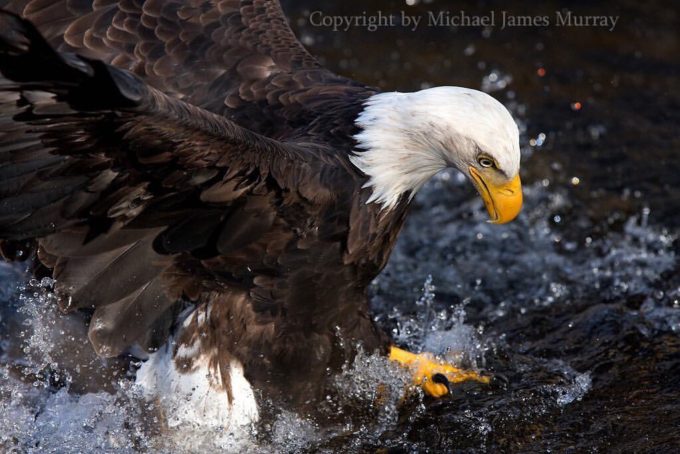
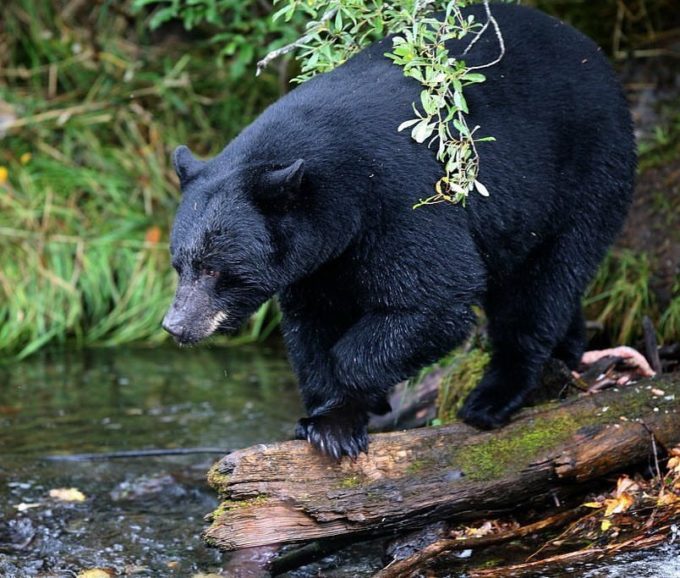
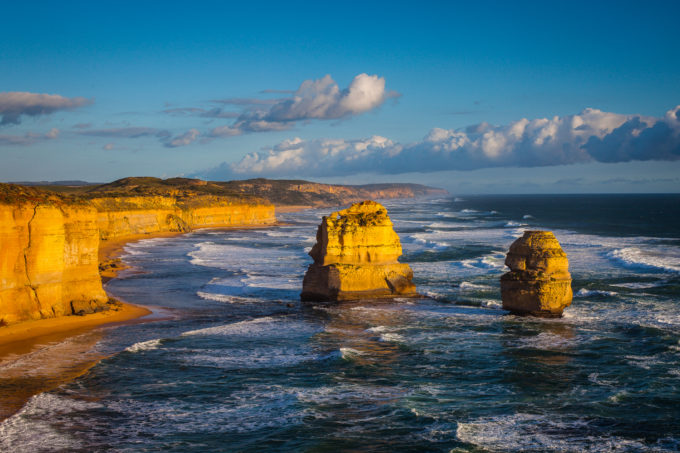

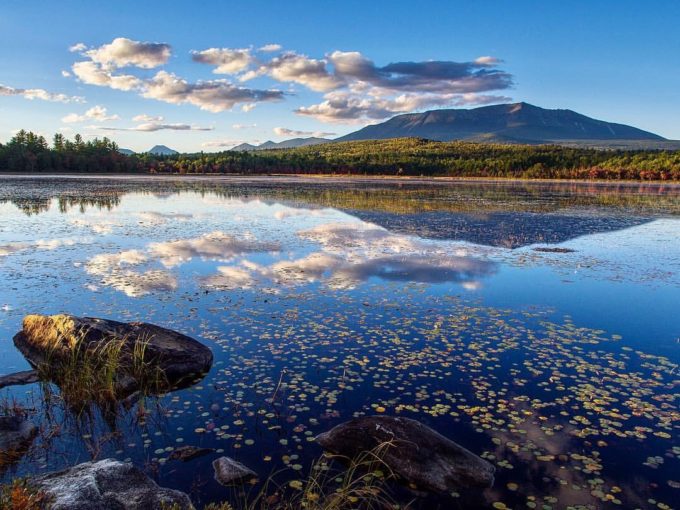
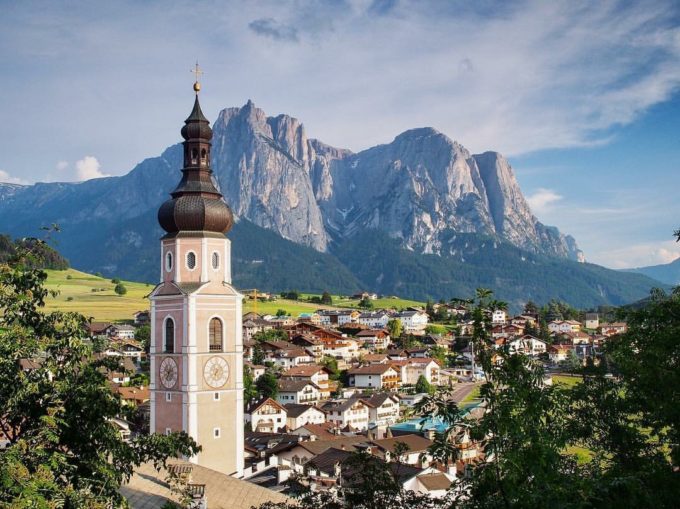
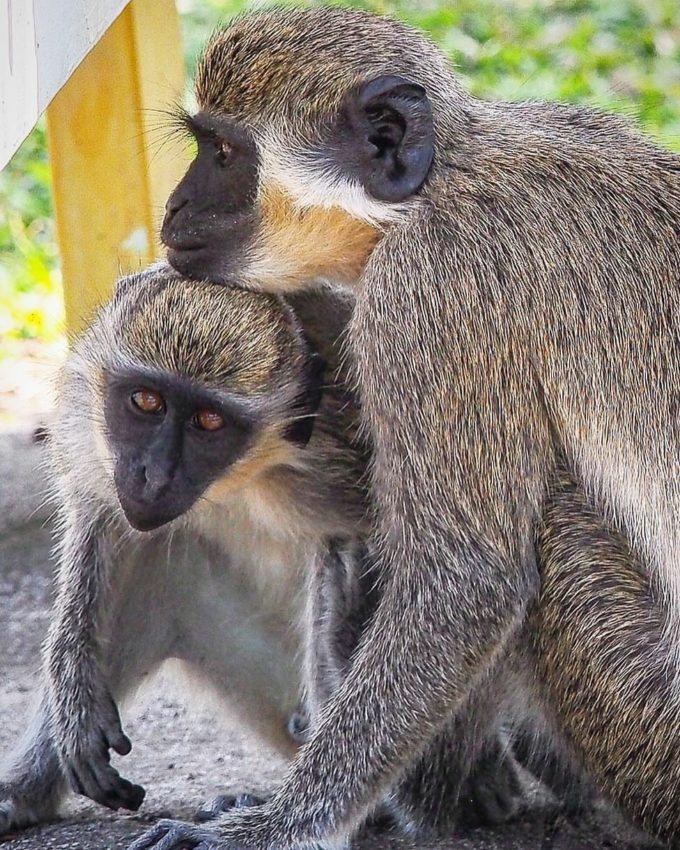
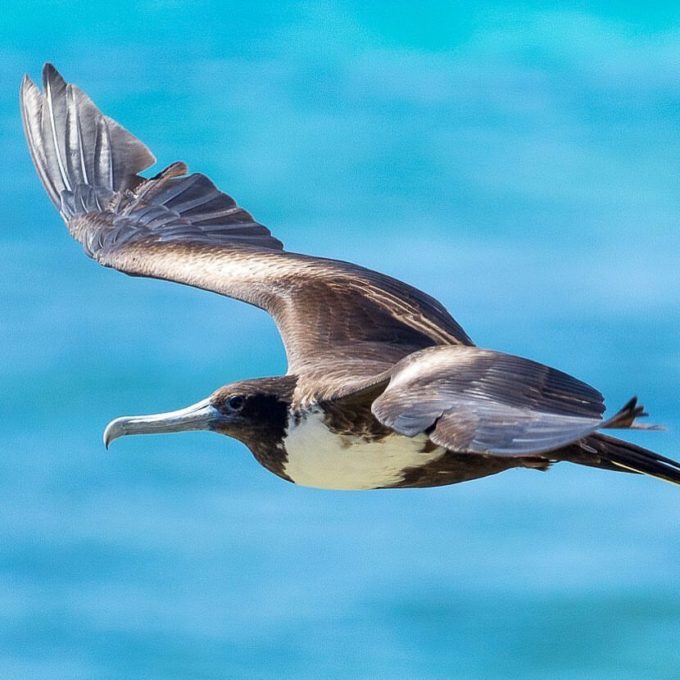
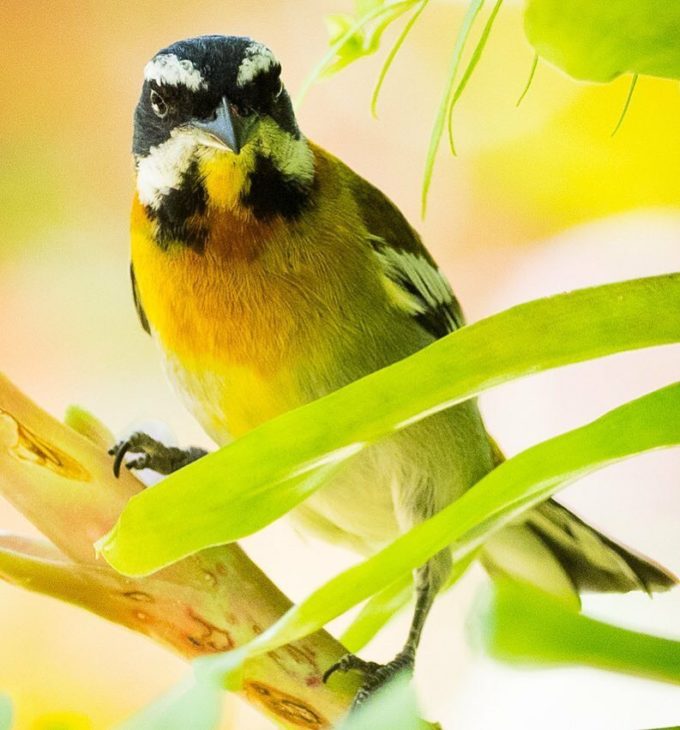
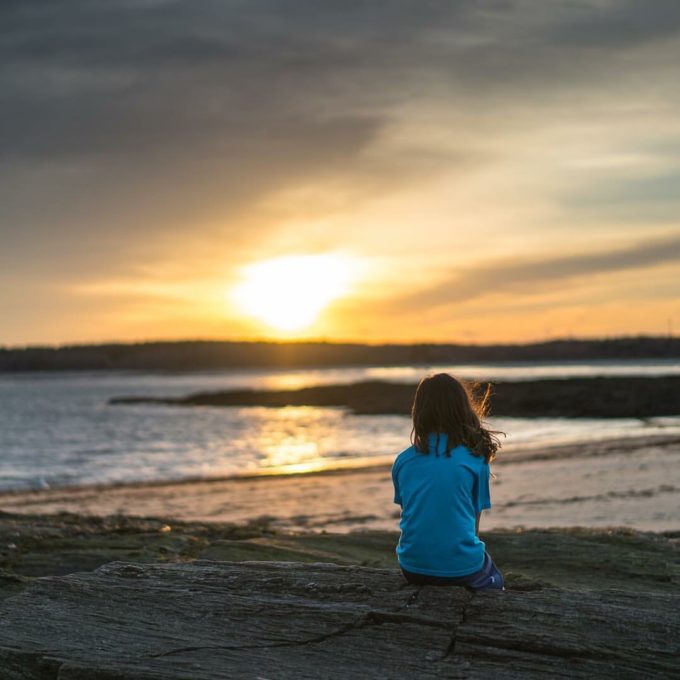
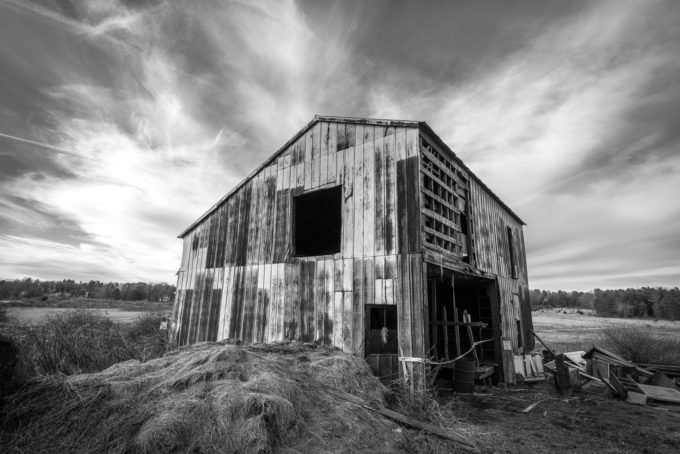

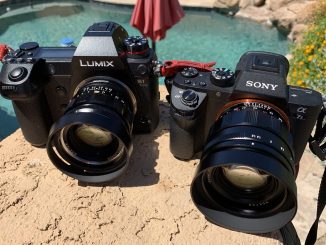


I question whether a lawyer really could take such great shots. My understanding is that law school saps all the creativity out of you. Fess up, the wife took the pictures, not you. 😉
Kidding aside, great shots. Don’t you find it confusing switching from Olympus to the Fuji as far as dials and things. That gets me every time when I got from one to the other. All of a sudden the exposure compensation is +3 and I’ve blown it all to hell.
LOL! Yeah, shooting two systems does get confusing. I am pretty acclimated to shooting both Sony and Olympus now, but if you threw one more system into the mix the entire house of cards would collapse.
Thanks for the comment, Brian!
I could take those photos with my cell phone. : )
Nice job on the article, enjoyed it. These days my EM1 mostly sees duty as an excellent stealth event camera using electronic shutter.
Ha! That’s the dream –being able to take awesome photos with just a cell phone!
I’m still struggling with whether to upgrade to the EM-1 Mk ii. My current plan is to wait until the BSI sensor reaches the EM-1 line. This strategy is heavily influenced by all of the money I recently dropped on Sony lenses!
I’ m always wondering, why at EVERY m4/3 discussion, someone has to bring up, “have you not considered aps-c” or similar, like that would be some kind of magic. Most of us who use m4/3 or contemplate m4/3 have surely made these considerations, so it is not because of lack of knowledge. Personally I have and use Leica M8/M9 with numerous Leica lenses, Oly with basically all “the” lenses, as well as A7RII and dito lenses. Since I live in the mountains and do a lot of hikes (3000m +,) I do consider the Oly m4/3 a fantastic setup/system and enjoy pictures on our walls with up to 200 cm width, with fantastic quality. So enjoy your “camp” and let others enjoy theirs 🙂
“You can fit an equivalent 600 f4”
You do know that a MFT 300 f4 lens is not equivalent to a FF 600 f4 lens, that it is more like a 600 f8, right?
For light gathering it equals a 600 f/4 – for DOF it equals f/8. Either way it is a 600mm in reach.
Nicely stated but I’m afraid the confusion will persist forever between light garthering and depth of field.
When trying to get a bird or bear’s eye in focus while tracking a moving target– often very rapidly moving–the equivalent f8 DOF is your friend. Wildlife is very different than portraiture or street photography. The Oly 300 f4 is a wonderful tool for wildlife. 600 mm eqiv + f4 light gathering + f8 DOF = awesome wildlife lens.
It’s 600 f4 in light gathering capability and 600 f8 in DR.
600mm f/4 for light, 600 f/8 for DOF ; )
Did you ever consider the Sony APS-C cameras for your smaller body? The A6500 would let you use the same lenses on both FF and APS-C. Curious why you ruled it out…I suppose the lack of a long tele? the form factor? I’m considering this route…
I wouldn’t rule out the A6500. I have played with it at the store but it simply doesn’t inspire me at all. It does not feel like a photographic tool–it’s more like a photo gadget? Bu that’s just my style-bias speaking. Also, with telephoto lenses, the size gets out of hand very quickly. I have researched native and adapted lense ad nauseum but I always come back to the Olympus 300 f4 pro. The size to IQ ratio is so right. I think with wildlife/birds, you are almost always cropping in so far that shooting on a quarter frame sensor is the perfect perspective for that kind of work. The crop factor really works in your favor. And then the Olympus Dual IS and system speed puts it over the top for me. What would be interesting from Sony is an FE 200 f2.8 or 300f4. That could possibly provide the portability/IQ ratio that I am looking for shot on either an A6500 or in crop mode on the A7rii. I would be very excited to test that combo!
I made a similar change leaving Nikon for Olympus and then going partially back with Sony A7RII. I use Olympus and its fantastic 40-150 f2.8 and 75 f1.8 for the jazz concerts and the Sony for the reportage works.
Nice. Yes, there is a lot of utility in using two very different systems for different purposes.
I was thinking of a similar setup to yours: pairing a rx1r mk2 with a m43 body w telephoto lens. I have 2 questions for you tho: do you rely a lot on the IBIS of the a7rii for wide shots, and do you go wider than 35 often? Thx
Yes I use the Zeiss 18mm and the Sony 28 f2 for landscapes. Yes I do rely on IBIS for landscapes and higher ISOs so I can take landscapes without a tripod. You lose the ultimate IQ but gain a lot of flexibility. With my kids often in tow I tend to lean toward the latter these days. Thanks!
Outstanding images and story, thanks for sharing them.
I’m currently looking for a high quality highly portable system for hiking & birding, and so considering MFT. I’ve looked at quite a few MFT images, and yours are some of the first MFT images that make me think that MFT might work for me. Do you have some of your images in larger file sizes so I/we can get a better idea what larger images might look like? (I have looked at your Instagram btw – very nice!)
I appreciate that. I highly recommend Olympus as a portable hiking/travel system. If you want a zoom the 12-40 is fantastic. It’s sharp with nice rendering. If you want primes, the 25 f1.4 is top notch. I also love the 15 f1.7 and 42.5 f1.7. I will likely be keeping the 12-40 and 25mm for an ultra light hiking kit. Oly will not let you down. I’m happy to send you some files. Just shoot me an email: mucmurr@gmail.com
Thanks!Attempts to e-mail are bouncing though, saying that the user doesn’t exist – just to check, is mucmurr@gmail.com the correct e-mail address?
Thanks for sharing your experence and your photos. I’ve migrated to very similar gear. I now use the E-M1 mk2 with PL 100-400 for birding and the A7R2 mostly with primes (for weight and handling) for nearly everything else. I sometimes carry an additional MFT body with a wide zoom to avoid lens changes. In spite of the greater cost, size/weight, and reduced focal length (without extender) and less focal length flexability, I may eventually get the Oly 300 for it’s optical quality. But, if Sony introduces a A9R and long tele primes, I may be tempted to go this route (especially if Uber deveops a Sherpa service!). However, since I hike a lot and am well beyond retirement age, weight is a pretty important consideration.
I suspect that overall, your pictures would be about equally good regardless of which system you were using. But as Steve likes to remind us, enjoying yourself is important to!
Congratulations, really great images.
Regarding the picture of Castelrotto, did you have a chance to visit Val Gardena too? If yes, any chance you can share some pictures?
Vittorio from Italy.
No, I am sorry I did not. I did travel to other regions such as Cinque Terre, Tuscany, Como, and Venice. You can see many of these photos at my instagram @wellframed. Thanks!
Thanks for reading! If you liked the images and story, please follow me on instagram @wellframed. Thanks! Mike
Hello Michael.
First let me say that your images are spectacular indeed! The story on your transition from a FF DSLR to m/43 and back to Sony is very interesting too. I too, had a similar “transition”, but not from FF, rather, from 35mm film (and 4×5 and 8×10 large format) to APS-C DSLRs to finally, the system that I now use, the Fujifilm X-System. My reasoning for going with the Fuji System was simple…their lenses! Fujinon lenses have a stellar reputation, and in fact, Fujifilm has made lenses for everything from 35mm, cinema, medium format, to large format, for over 80 years. As an admitted “sharpness/detail fanatic”, I was also impressed by the resolution of the X-Trans sensor coupled with the high-quality Fujinon glass, hence my decision. (Also, quite honestly, the Sony FF plus Sony/Zeiss options were a bit out of reach financially, and Fujifilm seemed to be the best “bang for my buck”, without sacrificing image quality.) For example, the Fujifilm ACROS film simulations would render very similar sharpness, detail, and tonality in your “Barn” image. In fact, the sharpness I achieve with the X-Pro 2 and several Fujinon CF lenses is such that I rearely need to apply sharpening in post! Indeed, the Fujinon XF90mm f/2 is probably the sharpest lens I’ve ever used in my 35 years in commercial photography! I could not say that with any previous DSLR systems. In addition to the stellar image quality, the ergonomics of the Fujifilm X-Series cameras is quite enjoyable as well, The tactile feel of metal dials for all 3 Exposure variables is excellent, as is the level of customizability of the system’s functions. All that said though, I have always admired the Sony/Zeiss 50mm f/1.8! Best of luck to you, sir!
I appreciate the kind words. I have always been intrigued with Fuji. Their bodies are lovely and I have heard high praise for their prime lenses. Glad you found some gear that works for you! For me, I think Oly ergonomics are great, especially on such small gadgets. Sony still has some catch-up to do. The dials on the A7rii are a little fiddly and not perfectly placed. Perhaps the A9 has sorted this out. In terms of primes, I have not encountered a bad one yet. Take care!
Thank you too, Michael! I agree with your comments on Fuji, and might add that their XF Zooms are amazing as well, for example, the XF16-55 f/2.8, and the XF55-200 f/3.5-5.6 OIS Zoom. Images from these lenses are virtually indistinguishable from the equivalent focal length primes! (10 years ago, being a sharpness/detail fanatic, I would have been horrified to even consider using “any” zoom lens…not anymore! I think that speaks volumes about the state of photography and optics technology!
I’ve been on a similar journey. I added the OM-D E-M1 Mark II, 300MMPRO + MC14 adapter (840MM equiv) to compliment my A7RII with a long lens alternative. IMO, nothing touches the 300MM PRO for the money and I do favor the ergonomics of the Oly with that big grip, over the Sony, especially with a big heavy glass. Very nice set by the way 😉
Agreed. The 300 f4 pro is special. Did you ever use it with the EM-1 Mark I? Just wondering if the Mark II is a worthwhile upgrade for telephoto?
Good read!
Appreciated that!